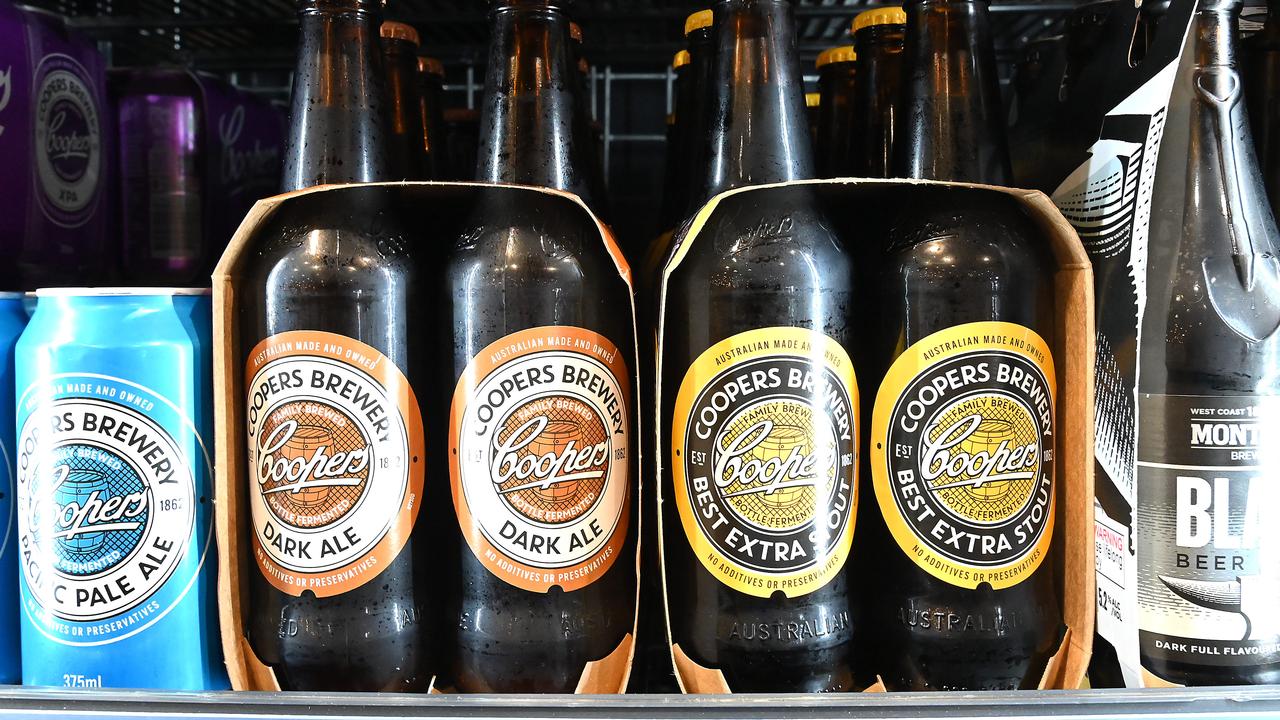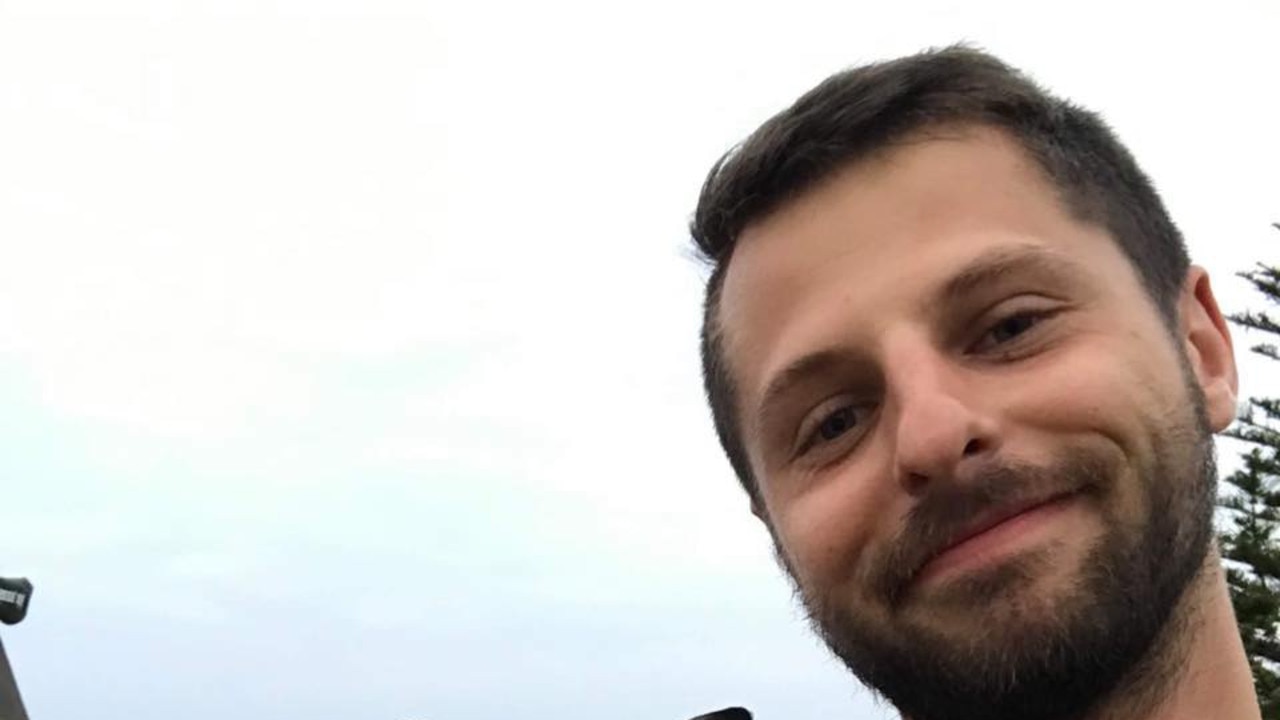Coronavirus: Five days before virus ‘tidal wave’ hits Australia
Italy’s lesson is stark – waiting is disastrous. Extreme measures are required, but Australia’s response may already be five days too late.
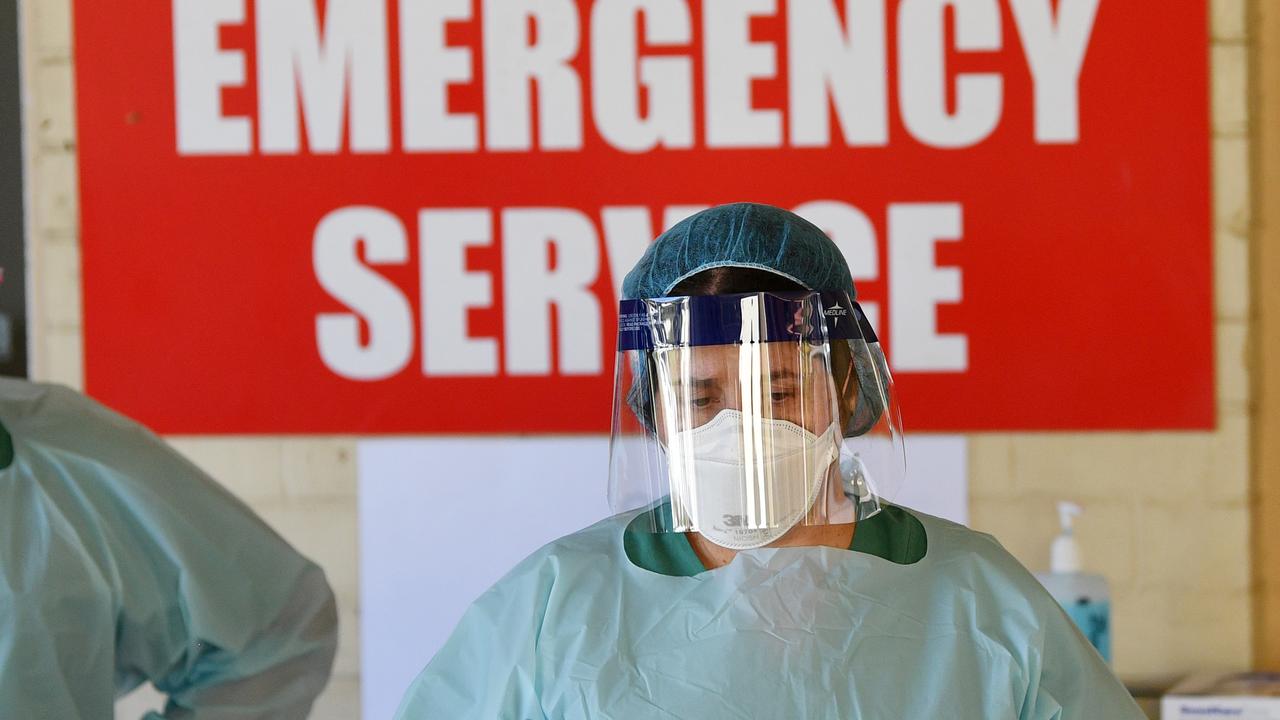
ANALYSIS
There’s only one way to slow the rapid spread of COVID-19: avoiding each other. Now the virus is “loose” in Sydney, it is past time to take drastic, necessary action.
Shut schools. Cancel events. Slow people down. Now. Our medical workers ability to save us depends on it.
A fortnight ago, Italy was in a very similar position to our own.
It quickly shut down flights to and from China. It isolated patients. It tracked down their contacts. Its government was loud in its confidence it had the virus contained.
Meanwhile, COVID-19 was already quietly spreading out of control.
It had a trick: it takes an average of five days before a victim begins to cough and feel symptoms. But, during much of those five days, that victim is infecting others.
Now, that nation’s healthcare system is on the brink of collapse.
Is that Australia’s fate?
Why would anyone listen to a risk communication person shout that it is past time for officials to mandate cancelation of all large gatherings NOW, in places with community transmission, to help flatten the curve before it’s too late?
— Jody Lanard MD (@EIDGeek) March 10, 2020
What are they waiting for? More doublings?
“It took Italy around two weeks to go from having fewer than 100 diagnosed cases of coronavirus to having nearly 10,000,” warns John Daley and Matt Cowgill of the Grattan Institute.
“The health system in the richest part of Italy is now struggling to cope with the load. The terrifying maths of exponential growth can see pandemics spread very, very fast.”
We’ve had six weeks warning. Big events are still happening. Music festivals. Theatre festivals. Car races. Sports stadiums are filled with crowds.
Economics is important. But so are lives.
RELATED: Get the latest coronavirus updates here
RELATED: Australia’s 6pm Italy virus ban
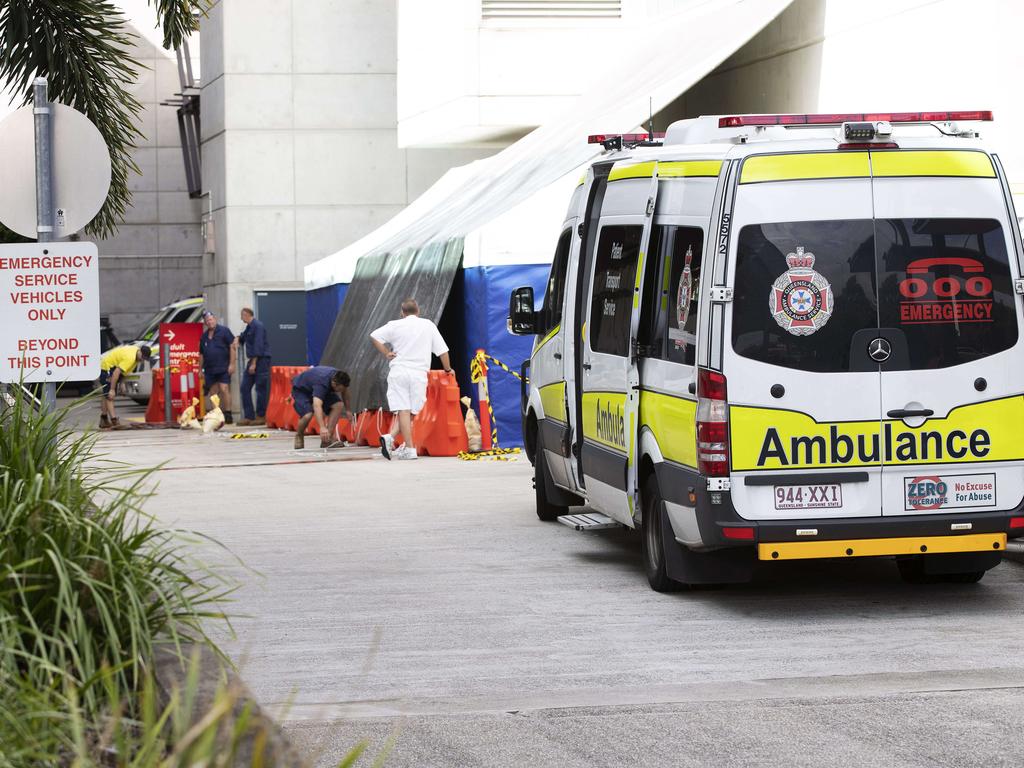
Italy’s doctors and citizens are trying to tell the world just that.
“Please, please guys. Here in northern #Italy we made one big mistake. Everybody kept saying ‘It’s just flu’ and now our intensive care units are collapsing,” a resident of Lombardy warned friends via Twitter. “Everybody kept going outside like nothing happened and now our grandparents and parents are dying.”
EVADING QUARANTINE
“We will need to ask Victorians to do things we have never asked them to do before,” Victoria’s Premier Daniel Andrews warned yesterday.
Exactly what depends on what he and other Premiers do now.
For weeks, international epidemiologists have been repeating one clear message: prepare for social distancing.
That isn’t quarantine. Not quite.
It’s a cancellation of crowded public gatherings. It’s the closure of schools. It’s not shaking hands. It’s the enforcement of at least 1m of personal space in public places to make it difficult for the virus to jump from one to another.
The objective: to slow the rate of infection so our doctors and nurses aren’t overwhelmed by a tidal wave of patients.
Italy’s lesson is stark: waiting for the first wave to appear is disastrous. The tidal wave that will strike in five days’ time is already on its way.
Has Australia learnt that lesson?
Australian governments can choose to slow the spread of coronavirus, but they must act immediately, writes @JohnDaley_ https://t.co/xLZH6cV551 pic.twitter.com/CM4B6Yf8D5
— Grattan Institute (@GrattanInst) March 10, 2020
“Australia can slow or stop the spread of the virus now by adopting social distancing measures that will have a real economic cost,” the Grattan Institute notes. “One alternative is to adopt social distancing measures later with an even higher economic cost.
“The other alternative is to let the virus run its course, which will probably have a very high human cost in shortened lives, particularly of the elderly. It carries the risk of significant social breakdown.”
RELATED: Hand sanitiser vs soap: Which is better?
RELATED: Clear advice on where to see your GP
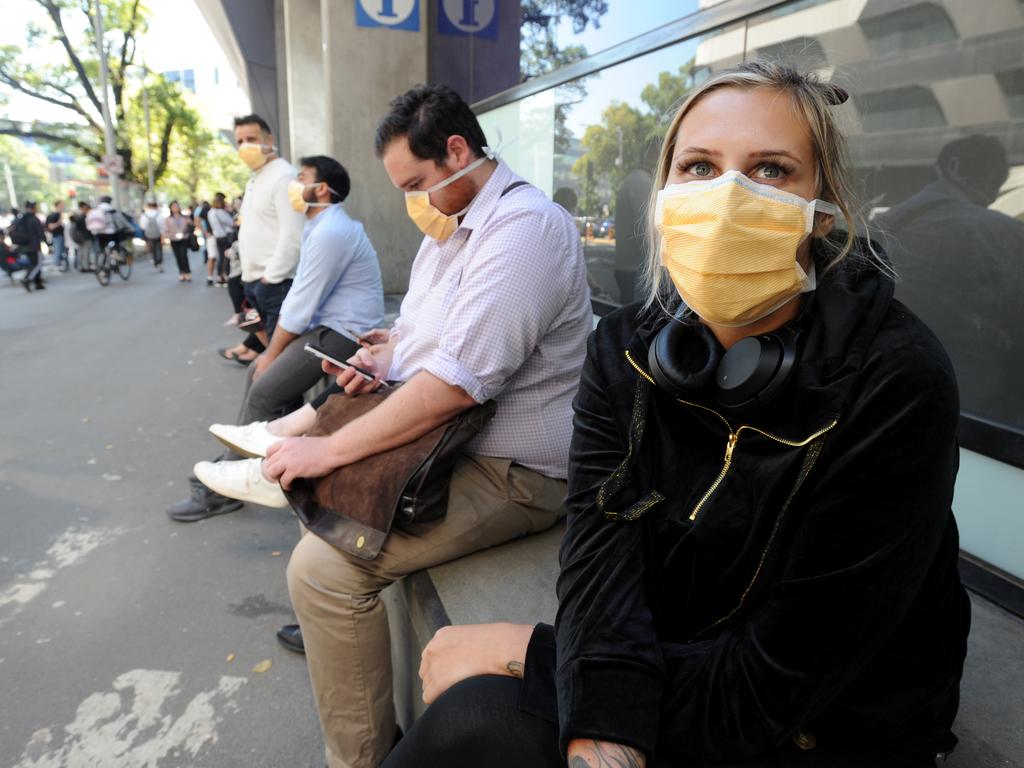
Premier Andrews accepts a COVID-19 outbreak is inevitable.
“Part of that plan is the inevitability that we will get to the point that rather than one school being closed, all of our schools will be closed,” he said. “Rather than people simply distancing themselves and quarantining themselves, we may have entire sectors, entire workforces where people are working from home.”
But that response may already be five days too late.
It’s a scenario Victoria’s chief health officer Brett Sutton – one of the first to raise the COVID-19 alarm – is well aware of.
“When we see a lot of community transmission, maybe the majority of cases are community transmission, that is a real time to reflect on the fact that your identification, isolation and quarantining measures are not going to hold it,” he said.
TRIAGE TERROR
Events in Italy warn us that our doctors and nurses will soon be asked to make impossible decisions: Who gets help? Who doesn’t?
Facing shortages of ventilation machines and vital drugs, they will have no choice but to judge who will best respond to treatment – and their time.
And that means “collateral damage”: Do they treat a person with cancer? A burns victim? A heart attack? Or yet another critical respiratory failure?
Are they ready? Are you ready?
Analysts insist the number of these judgment calls can be reduced – if social distancing is enforced early.
Without adequate social distancing, our hospitals face an extreme surge scenario.
And, after years of cutbacks, staff shortages and debilitating rosters, medical workers are starting with little left in reserve.
Over the past few days, we (Ivan, @n_b_noll and I) developed a tool to explore scenarios for hospital demand in your community. Our prototype is here, still rough, we hope it's useful. We are sharing it early since the situation is developing so fast.https://t.co/WD97ih2240
— Richard Neher (@richardneher) March 9, 2020
“It doesn’t matter if you’re in a state that has no cases or one case. You have to start to take seriously what you can do now, that if and when the infections will come, and they will come, sorry to say, sad to say, they will,” top epidemiologist Anthony Fauci just warned the White House.
Australian epidemiologists have been saying similar things in Canberra and state capitals. And Dr Sutton warns modelling indicates the virus should peak about 10-15 weeks after community transmission begins.
RELATED: Critical virus questions answered
RELATED: Chilling photos of Italy’s virus patients
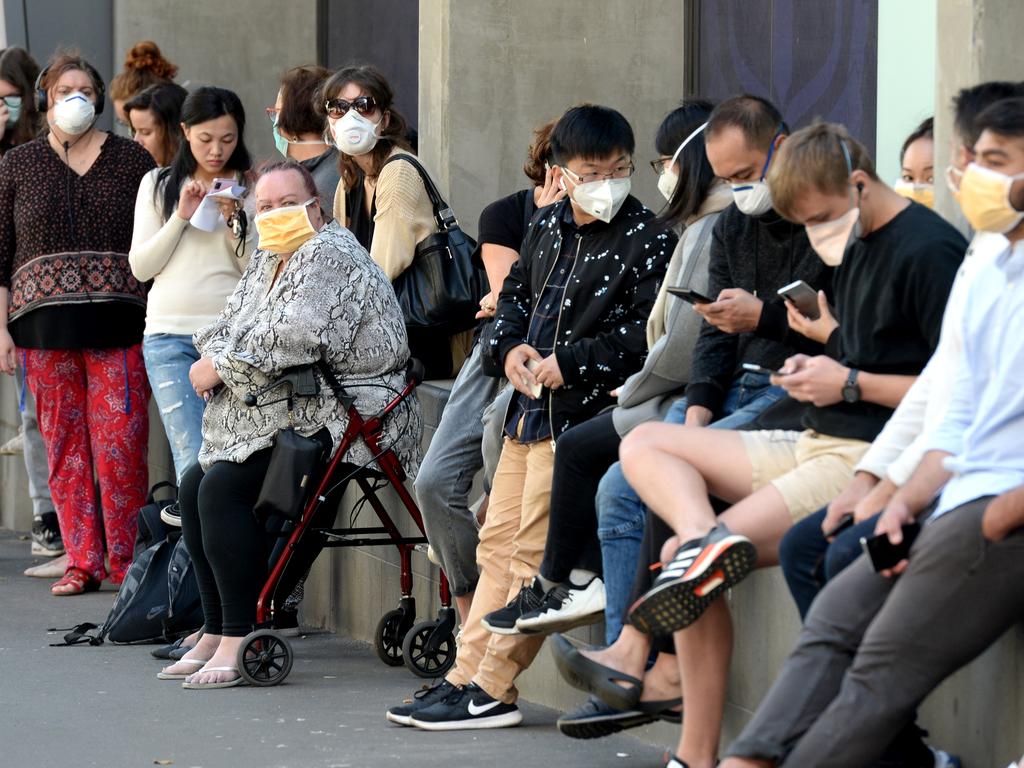
That’s already happening in Sydney. Even if symptoms aren’t yet presenting, just like Milan a fortnight ago.
And it will now be harder to tell when this begins in adjoining cities and states.
“We really need to buy time,” Yale School of Medicine professor of immunology Akiko Iwasaki warns. “If we don’t do anything about this virus, the hospitals are just not going to be able to handle the number of sick people.”
WHERE HAVE YOU BEEN?
You go to a bar. Grab a coffee at a cafe. Go to a game.
But the person next to you may have been at a music festival. Another nearby may have been at a church communion. Or the Grand Prix. Both may have rubbed shoulders, shaken hands, drunk from a cup or shared a bowl of beer nuts with someone who was unknowingly affected.
Now, they’re in contact with you.
Now, you may be spreading the disease – unknowingly – for up to two weeks.
“I think we’re about to turn a corner where we may not be hanging out with our friends in close proximity,” warns Dina Borzekowsk of the University of Maryland School of Public Health.
Experts say social distancing is an act of altruism.
It’s not just preventing yourself from becoming infected. You may already be so.
You’re reducing the odds of infecting someone else.
From a well respected friend and intensivist/A&E consultant who is currently in northern Italy:
— Jason Van Schoor (@jasonvanschoor) March 9, 2020
1/ ‘I feel the pressure to give you a quick personal update about what is happening in Italy, and also give some quick direct advice about what you should do.
And that someone may have diabetes, respiratory issues, or cardiovascular disease. If so, they’re at significant risk.
They need our health care system to be functional.
“Not everywhere has experienced a week-on-week doubling of coronavirus cases,” the Grattan Institute notes. “Singapore and Hong Kong, in particular, have gone down a different path, as did China and South Korea after their initial outbreaks. These countries have introduced widespread social distancing measures, including the closure of schools, universities, childcare centres, public gatherings.
“These aggressive efforts to prevent the spread of the virus have not been pretty – and they’ve come at a real economic cost to many households and businesses – but they appear to have been successful.”
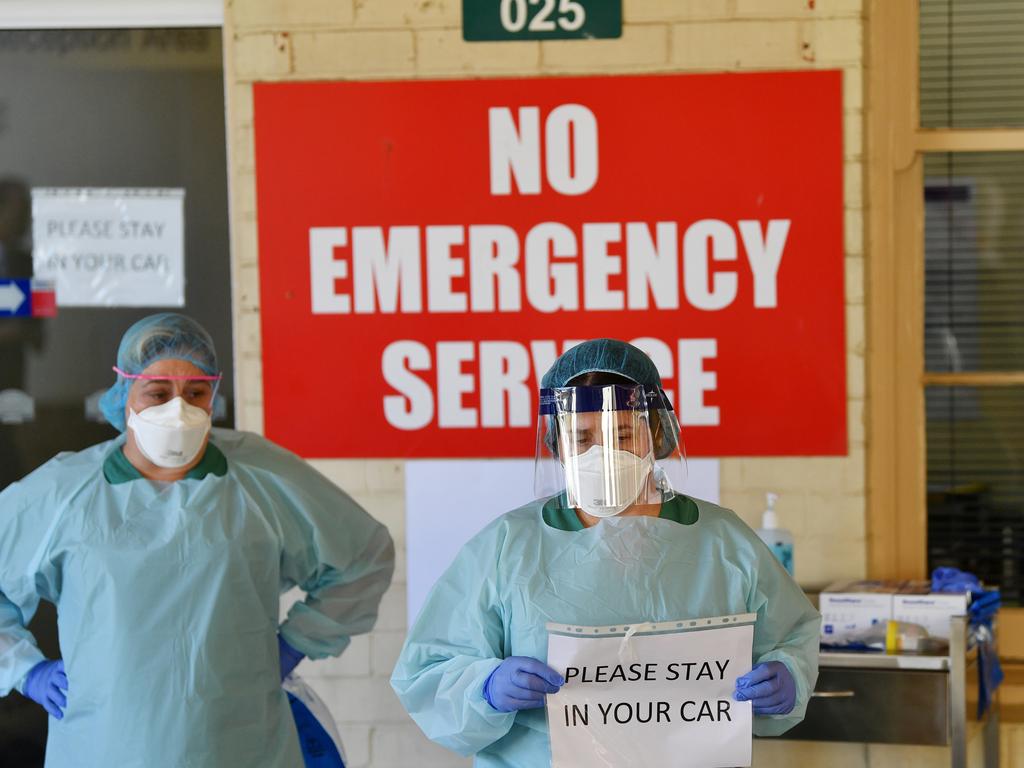
There are tough times ahead.
“The disruption will be significant. It will hurt our economy. It will inconvenience many, many people,” Victoria’s Premier warned. “But ultimately, the experts tell us, that less Victorians will get sick and therefore less Victorians will be gravely ill once we move to that pandemic phase.”
Jamie Seidel is a freelance writer | @JamieSeidel

